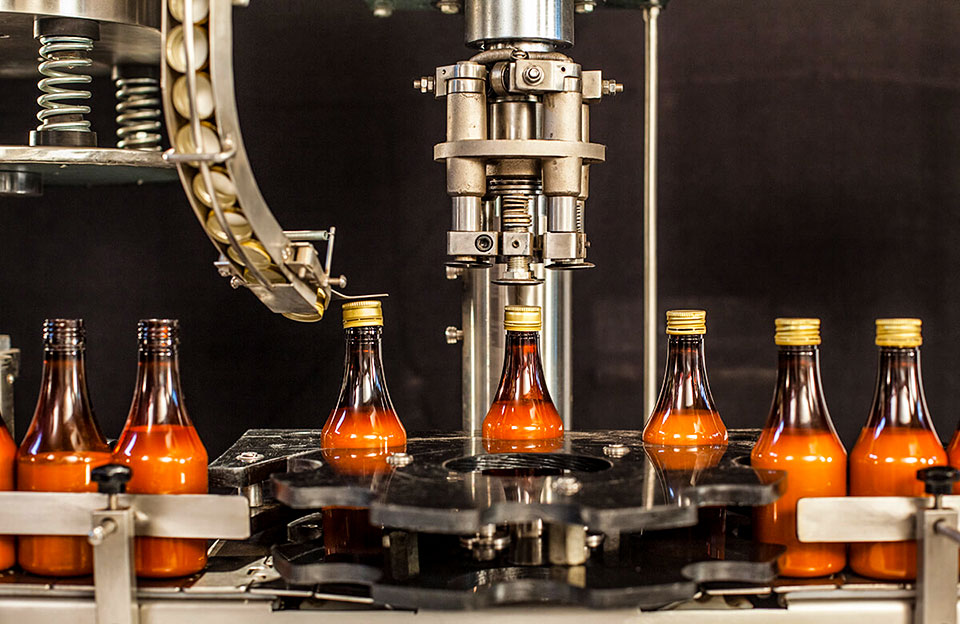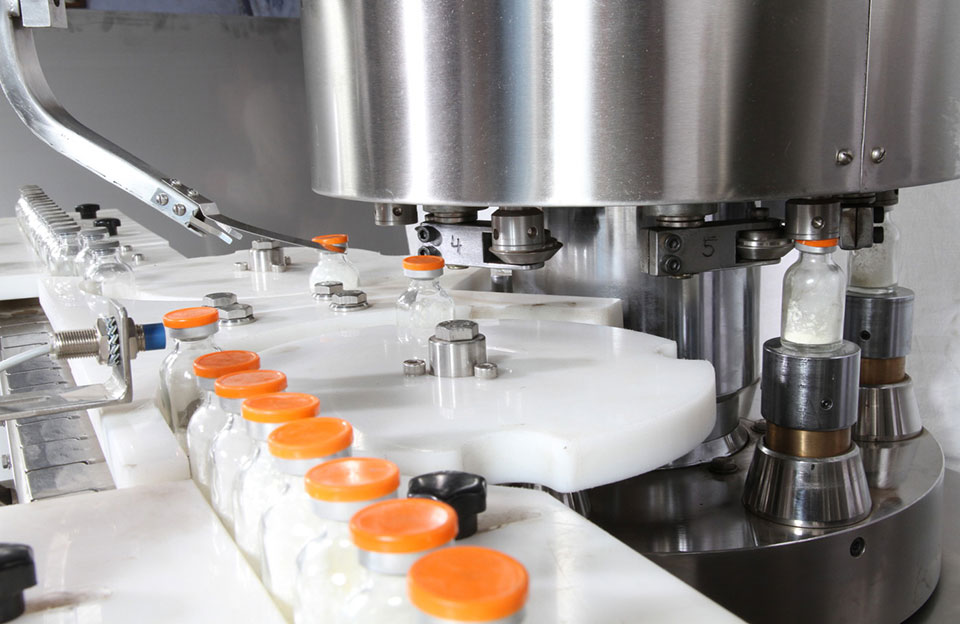A capping machine is designed to seal containers securely by applying caps or closures. It is commonly used in food and beverage, pharmaceuticals, cosmetics, and chemicals. The primary purpose of it is to ensure the product inside the container remains intact and protected from external factors such as contamination, leakage, or tampering.
The Development History of the Capping Machine
The development of capping machine can be traced back to the early days of industrialization when manual labor was predominantly used for packaging and sealing containers. Over time, advancements in technology and automation led to the evolution of it into sophisticated devices. Here is a brief overview of the development history of capping machines:
- Manual Capping: In the early stages of packaging, workers did capping manually by using basic tools such as hand-held cappers or wrenches. This process was labor-intensive and time-consuming, limiting the production capacity.
- Early Mechanical Cappers: In the late 19th century, with the development of packaging machinery ,mechanical capping machines were introduced. They automated some aspects of the capping process. These machines incorporated simple mechanisms like springs, levers, or cams to apply caps onto containers.
- Automatic Cappers: In the early 20th century, the first fully automatic capping machine emerged. These machines could handle a continuous flow of containers, automating the cap placement, tightening, and sealing processes. They utilized rotating discs, belts, or chucks to apply caps onto containers.
- Advancements in Technology: With the advent of electronics and pneumatic systems, capping machines became more sophisticated and efficient. Electronic controls allow precise torque adjustment and monitoring, ensuring consistent and secure sealing. Pneumatic systems allow for faster, more precise capping, reducing downtime and increasing productivity.
- Specialized Capping Machines: As industries grow, specialized capping machines can meet the specific needs of different sectors. For example, the pharmaceutical industry required tamper-evident closures, leading to the development of ROPP cappers. The beverage industry demanded high-speed cap application, resulting in the creation of high-speed screw cappers and snap cappers.
- Integration with Packaging Lines: Modern capping machines are designed to integrate seamlessly into packaging lines, working with other equipment such as fillers, labelers, and conveyors. This integration allows for a continuous and efficient production flow.
- Advanced Features: Recent advancements in capping machine technology have introduced features like cap sorting and feeding systems, vision systems for quality control, automatic changeover between different cap sizes, and data logging for production monitoring and analysis. These features enhance the capping process’s overall efficiency, accuracy, and reliability.
Current Situation of Capping Machine
The current situation of capping machine is that capping machines are advancing in technology and automation to increase their efficiency, accuracy, and versatility. Some notable developments current situation of capping machine include:
- Increased Automation: The machines have become more automated, integrating advanced features such as automatic cap feeding, sorting, and placing systems. These advancements help simplify the capping process, reduce manual labor, and increase production speed.
- Improved Cap Handling: Develop cappers that handle various cap sizes, shapes, and materials. This flexibility allows manufacturers to use the same machine for different packaging requirements, saving costs and increasing productivity.
- Enhanced Cap Torque Control: Accurate torque control is critical to ensure proper sealing of containers. The capper incorporates improved torque monitoring and adjustment mechanisms to help achieve consistent and reliable seal integrity.
- Integration with Detection System: Some capping machines have an integrated detection system to detect and reject improperly sealed containers. These systems utilize technologies such as visual inspection, pressure monitoring, or inductive seal verification to ensure the quality of sealed products.
- Integration with the Production Line: The capping machine is designed to integrate seamlessly with the existing production line, enabling efficient synchronous operation with other packaging machinery. This integration enables smoother workflow management and reduces downtime.
Conclusion
Capping machines have become essential equipment in various industries, offering increased productivity, improved product quality, and reduced labor costs. Continuous research and development efforts can further enhance the performance and capabilities of capping machines, keeping up with the evolving needs of the packaging industry.



Hi, this is a comment.
To get started with moderating, editing, and deleting comments, please visit the Comments screen in the dashboard.
Commenter avatars come from Gravatar.